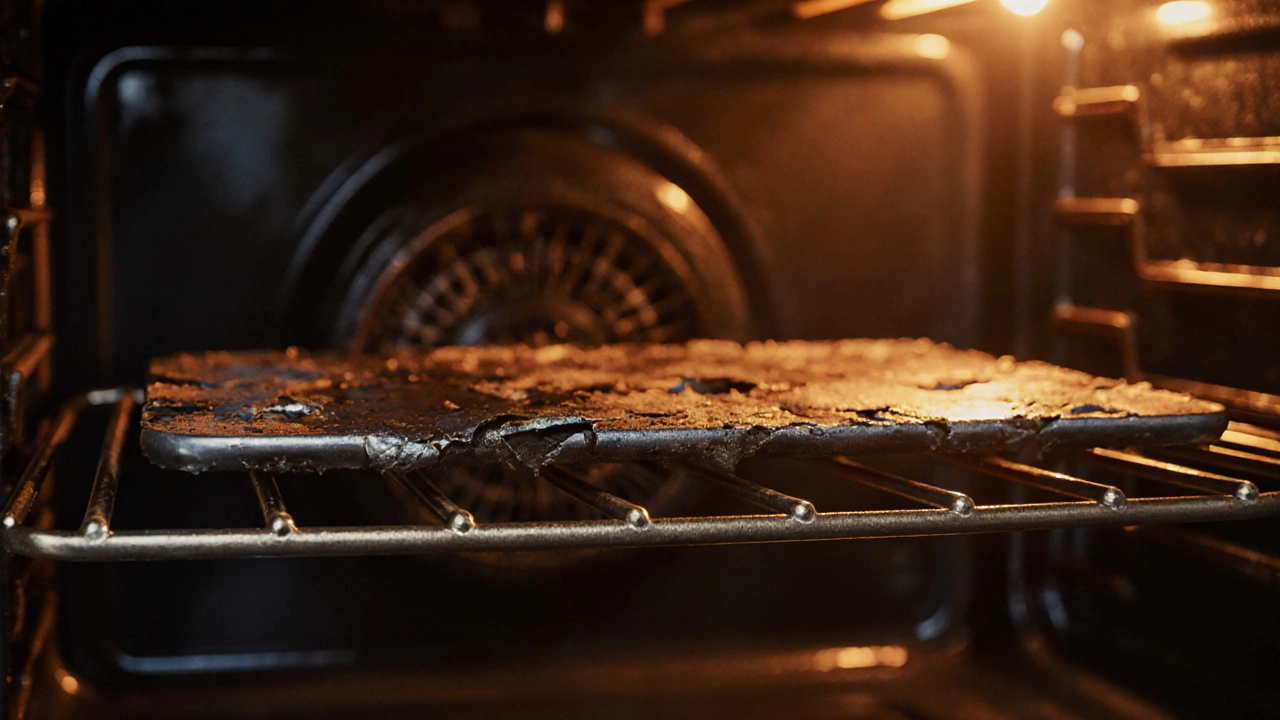How Much Does Replacing an Electric Oven Heating Element Cost?
September 27 2025Oven Thermostat Failure: Signs, Causes, and How to Fix It
When your oven won’t heat properly—or heats unevenly—it’s often not the element. It’s the oven thermostat, a small but critical device that controls temperature by turning the gas or electric supply on and off. Also known as a temperature sensor, it’s the brain behind your oven’s ability to hold the right heat. If it’s faulty, your food burns in spots, takes forever to cook, or the oven just won’t turn on at all.
A failing oven thermostat doesn’t always scream for help. Sometimes it just whispers: your baked goods come out undercooked even when the timer says they’re done, or the oven light stays on longer than it should. You might hear a click when you turn the dial, but no heat follows. Or worse—your oven keeps running past the set temperature, making your cookies into charcoal. These aren’t random glitches. They’re classic signs of a thermostat that’s lost its calibration or has worn-out internal contacts. And if you’ve got a gas oven, a bad thermostat can also mean gas isn’t flowing right, which isn’t just inconvenient—it’s a safety risk.
Many people jump straight to replacing the heating element because it’s the most visible part. But if the element checks out fine with a multimeter, the thermostat is usually the next suspect. Replacing it isn’t a DIY job for everyone. It requires disconnecting gas lines or live wiring, accessing the back panel, and recalibrating the system. A misaligned thermostat can cause your oven to run 30 degrees hotter or colder than it should, ruining meals and wasting energy. That’s why certified gas engineers—like the ones who service homes in Bedford—know exactly where to look, how to test it properly, and how to make sure the fix lasts.
It’s not just about the thermostat itself. Things like grease buildup, moisture from cleaning, or even a loose wire connected to it can mimic thermostat failure. That’s why a full diagnostic matters. You don’t want to spend money replacing parts that aren’t broken. And if your oven is over 10 years old, the thermostat might be failing because other components are wearing out too. A professional can tell you whether it’s worth fixing—or if it’s time to think about a new appliance altogether.
Below, you’ll find real-world fixes, cost breakdowns, and step-by-step guides from people who’ve been there. Whether you’re trying to decide if it’s worth repairing or just want to understand why your oven isn’t working right, these posts give you the facts—no fluff, no sales pitch. Just what actually happens when an oven thermostat fails, and how to handle it safely and smartly.
 29 Oct
29 Oct
What Are Common Faults with Electric Ovens? Fix These Issues Before Calling a Pro
Electric ovens commonly fail due to broken heating elements, faulty thermostats, or worn door seals. Learn how to diagnose and fix these issues yourself before calling a repair technician.
Read More...



